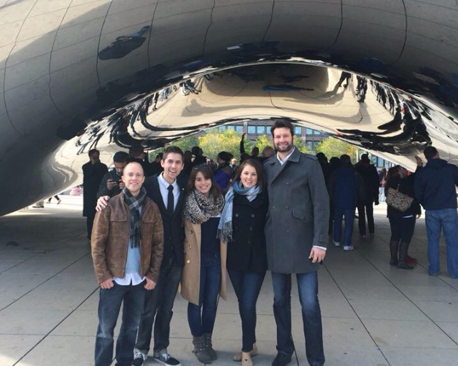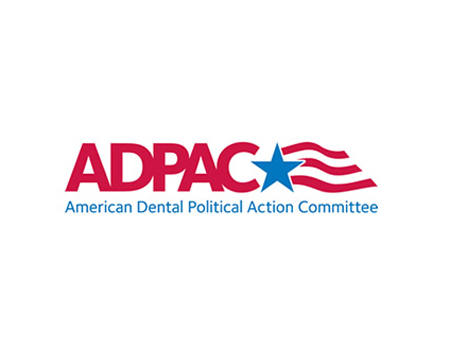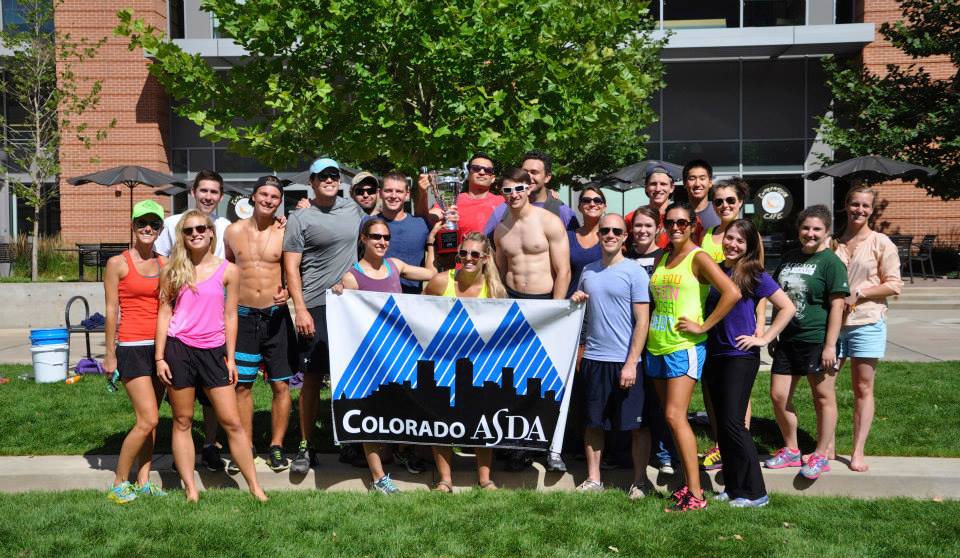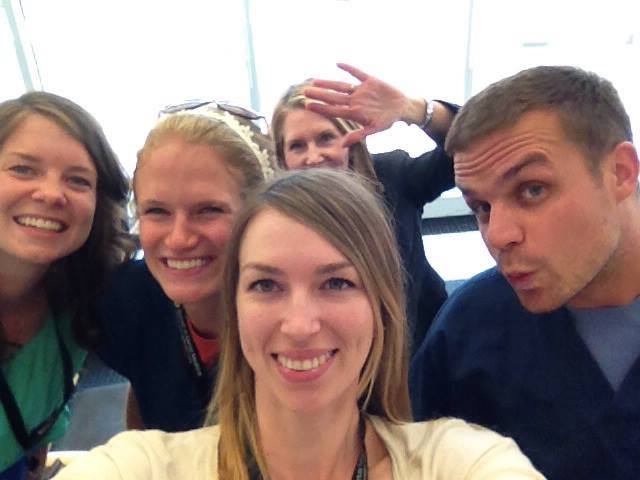 Attending ASDA's National Leadership Conference for the second time, I knew what to expect - a great learning experience, a chance to make new friendships & connections, and most importantly, renewing my excitement about dentistry. In dental school, we're often thrown into books and typodont work, making it challenging to see the future as a dentist. The speakers at the conference presented many topics that allowed us to connect the dots between our studies and the seemingly far away future. One topic, presented by Dr. Mike Meru, was marketing a dental practice successfully on a budget. Learning the details of marketing kept me excited about how dentistry functions in a dynamic environment, yet taught me that additional effort is required in order to stand out.
Attending ASDA's National Leadership Conference for the second time, I knew what to expect - a great learning experience, a chance to make new friendships & connections, and most importantly, renewing my excitement about dentistry. In dental school, we're often thrown into books and typodont work, making it challenging to see the future as a dentist. The speakers at the conference presented many topics that allowed us to connect the dots between our studies and the seemingly far away future. One topic, presented by Dr. Mike Meru, was marketing a dental practice successfully on a budget. Learning the details of marketing kept me excited about how dentistry functions in a dynamic environment, yet taught me that additional effort is required in order to stand out.
According to Dr. Meru, in order to begin marketing you must create a brand - the symbol, title, or image that will embody your work. He also claimed that you can start working on your brand TODAY! The key is creating a logo that is recognizable and distinct, which can be both easy and inexpensive. If choosing this route, however, it is important to note that you get what you pay for – that the quality of a service is often correlated with the amount of money paid for it. In essence, shop around – and keep in mind that many companies such as 99 designs, crowdSPRING, DesignCrowd, and logomyway.com offer a superior product at a conservative price that can compete with the quality of expensive graphic designers.
Now, armed with a great brand and logo, you can move on and present your practice to the public. According to Dr. Meru, when starting a new practice it is worth investing in search engine optimization, so that your business appears on different searches, becoming visible to the masses. From there, begin advertising in local publications, at community gathering sites, and on social media to see how your business grows. However, be sure to keep in mind that social trends are constantly evolving (i.e. Facebook vs. Instagram), and use this to your advantage – these resources are typically free and a great way to spread awareness of your practice. Using hashtags, QR codes, and giving away merchandise are other ways of advertising on a budget.
All of this thinking about adverting got me in the mindset of private practice, and how close I actually am to becoming a dentist. Since returning from my trip, I’ve been able to put more energy into my lab work and focus on my books, as my interest in dentistry has been reignited. I know that in just two years I will be combining my work with my interaction in the community – and I can do all of this through the benefits of marketing.
























